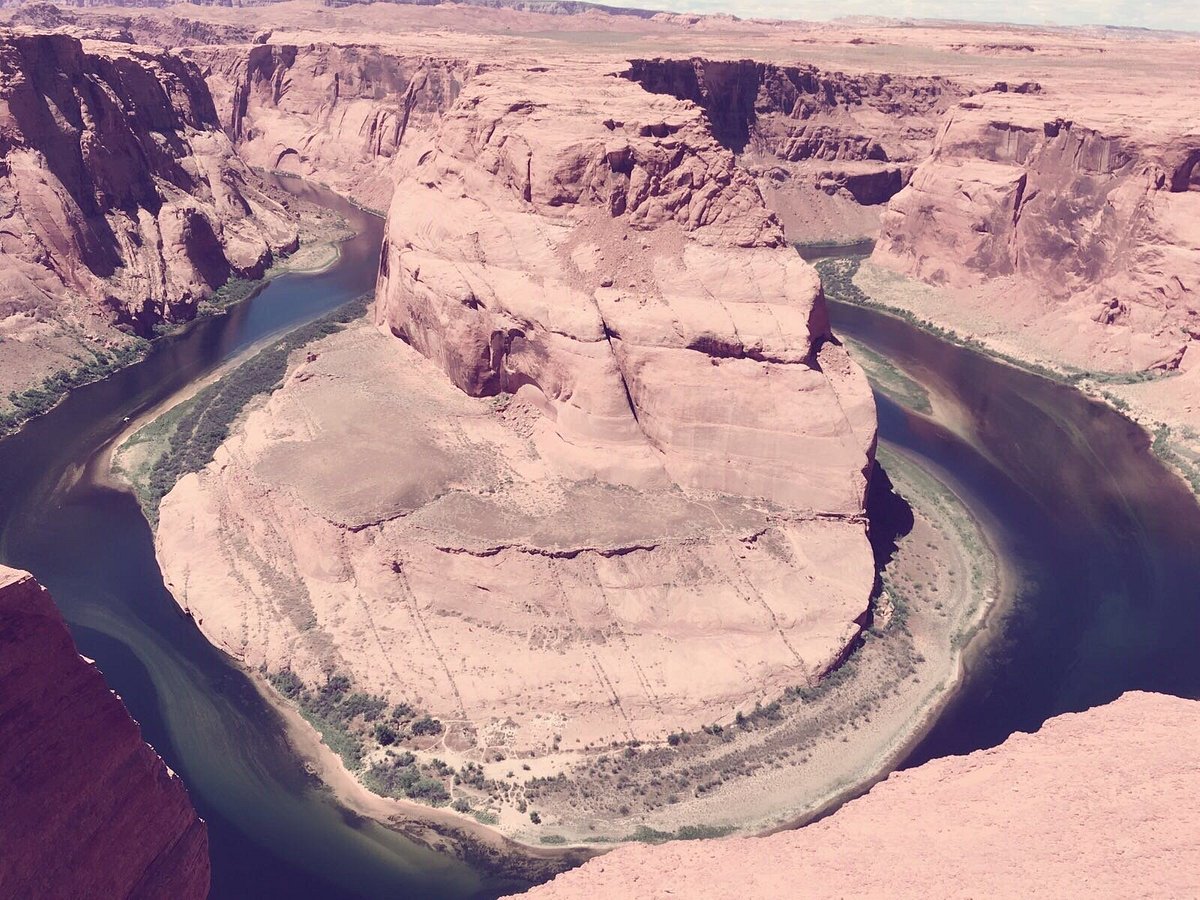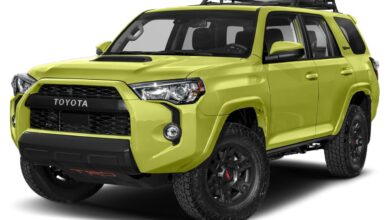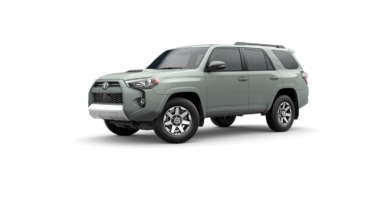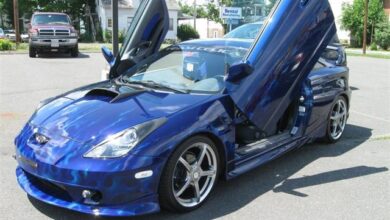Discovering the Beauty of Grand Canyon National Park

Introducing Grand Canyon National Park
Location, Position, and Formation History
Grand Canyon National Park is one of the world’s top destinations with stunning landscapes. It provides you with unforgettable experiences, including forested areas, trails leading to high peaks, historic landmarks, and more. If you are looking for a perfect destination to visit, Grand Canyon National Park is an excellent choice.

Geographical location
Grand Canyon National Park is a national park located in the northwest of the state of Arizona, United States. Its center is the Grand Canyon, a mountain gorge of the Colorado River, considered one of the Seven Natural Wonders of the World. The national park covers an area of 1,217,262 acres (1,901,972 square miles; 4,926.08 square kilometers) of unincorporated area in Coconino and Mohave counties.
Formation history
The Grand Canyon National Park was declared a national park on February 26, 1919, although the landmark had been known for over 30 years prior.
The process of becoming a national park was not a simple one.
In 1882, Senator Benjamin Harrison introduced the first bill to establish the Grand Canyon National Park, which was intended to be the third national park in the United States after Yellowstone and Mackinac. However, he was unsuccessful in his attempts to pass the bill in 1883 and 1886.
In 1889, Benjamin Harrison was elected President, and by 1893, he established the Grand Canyon Forest Reserve before his term ended.
In 1903, President Theodore Roosevelt visited the Grand Canyon and said, “The Grand Canyon fills me with awe. It is beyond comparison—beyond description; absolutely unparalleled throughout the wide world… Let this great wonder of nature remain as it now is. Do nothing to mar its grandeur, sublimity and loveliness. You cannot improve on it. But what you can do is to keep it for your children, your children’s children, and all who come after you, as the one great sight which every American should see.” However, despite the President’s enthusiasm and strong interest, the Grand Canyon was not immediately designated a national park.
On November 28, 1906, President Theodore Roosevelt established the Grand Canyon Game Preserve by executive order and it became a national monument in 1908.
In 1910 and 1911, several other bills were introduced in the Senate to establish the Grand Canyon as a national park, but they were not successful.
Finally, in 1919, President Woodrow Wilson signed the Grand Canyon National Park bill into law.
In 1916, the United States National Park Service was established to manage the national park.
In 1979, the Grand Canyon National Park was recognized as a World Heritage Site by UNESCO.
In 2010, the Grand Canyon National Park was honored with its own commemorative quarter coin as part of the America the Beautiful Quarters Program.
The importance and significance of national parks
The Grand Canyon National Park Arizona is one of the most famous tourist destinations in the United States and has significant historical and cultural significance. The protection of the Grand Canyon from proposed dam construction on the Colorado River was achieved through the establishment of the national park. In 1979, UNESCO recognized the Grand Canyon National Park as a World Heritage Site, affirming its importance to the world.
In addition to its historical and cultural significance, the Grand Canyon also has a special ecological significance. It is home to a rich and diverse ecosystem, including many rare species of animals and plants. The Grand Canyon National Park is one of the best natural observation sites in the United States, with beautiful mountain ranges, waterfalls, rivers, and canyons. Visitors can engage in activities such as hiking, mountaineering, boating, or simply enjoying the stunning scenery of the Grand Canyon.
Therefore, Grand Canyon National Park has great significance and importance for the conservation of important natural and historical heritage of the United States, and also plays an important role in introducing the beauty of nature to tourists from all over the world.
Activities and attractions at Grand Canyon National Park
Visiting Grand Canyon Village
Grand Canyon Village is a hub of activity, with numerous restaurants, hotels, and attractions, including:
Mather Point: This is one of the most famous observation points in Grand Canyon Village, allowing visitors to have a panoramic view of the entire national park.
Bright Angel Trail: It is a trail that connects the bottom of the Grand Canyon to its summit.
Hopi House: This is a building constructed in the Native Hopi architectural style, where many handicrafts are sold.
Kolb Studio: This is an art center located at an elevation of 2,000 feet on the top of Grand Canyon, featuring beautiful paintings and artworks of Grand Canyon.
Grand Canyon Railway Station: This is a historic train station with beautiful architecture, where visitors can take a train from Williams, Arizona to Grand Canyon Village to enjoy the scenery.
El Tovar Hotel: It is a classic hotel located on the rim of the Grand Canyon. Built in 1905, it is luxurious with classic architecture.
Yavapai Point: This is another viewpoint in Grand Canyon Village, where visitors can enjoy stunning views of the Grand Canyon area.
Visit Yavapai Observation Station
Yavapai Observation Station is the first observation station of Grand Canyon National Park built in 1928, located 1.5 miles (about 2.4 km) east of Canyon Village.
Yavapai Observation Station provides visitors with the best views of the Grand Canyon, maps showing observation points and the terrain of the area, exhibits about the history, classrooms for educational activities, and services such as a restaurant, retail shop, and gift shop to help visitors explore the nature and history of the area.
Experience Bright Angel Trail and South Kaibab Trail
Bright Angel Trail and South Kaibab Trail are two of the most famous trails at Grand Canyon National Park, allowing visitors to explore the diverse terrain of the area.
Bright Angel Trail is a 12.5-mile (approximately 20 km) trail that connects the bottom of the Grand Canyon to the top. Visitors can hike along this trail and guides will provide useful information for them. However, Bright Angel Trail requires attention to its climate and altitude, with an elevation gain of over 4,000 feet (approximately 1,200m) from the top of the Grand Canyon and requires careful preparation.
South Kaibab Trail is another trail that connects the top to the bottom of the Grand Canyon, but unlike Bright Angel Trail, it is shorter at around 7 miles (approximately 11.3 km) and has steeper inclines.
Experiencing the Colorado River
The 277-mile-long Colorado River flows through the Grand Canyon area and was formed by the erosion of water and wind over more than 6 million years.
It originates from the north of the Grand Canyon and contains many famous rapids.
Tourists can participate in activities such as mountaineering, waterfall rappelling, surfing, and rafting, or use boats to explore the Colorado River. However, exploring the river requires preparation and expertise to ensure safety due to its challenging sections.
Visit Havasu Falls
Havasu Falls, a beautiful and famous waterfall in Grand Canyon. This waterfall is about 30 meters high and creates a turquoise pool surrounded by the characteristic red rock walls of the Grand Canyon.
Outdoor activities at Grand Canyon National Park
Camping
Camping at the Grand Canyon is a very exciting activity. There are many locations to set up tents, including both the North and South Rims.
Visitors can choose between campground-style sites, backcountry camping, or primitive camping areas.
Campgrounds are equipped with amenities such as restrooms, drinking water, and electricity. If you want a completely outdoor experience, you can opt for primitive camping and bring all necessary camping gear.
Hiking and Mountain Climbing
Visitors can participate in hiking and backpacking activities in the Grand Canyon area. There are various trails of different lengths and difficulties, ranging from short and easy to long and strenuous hikes.
Among them, the Bright Angel Trail, South Kaibab Trail, and North Kaibab Trail are the most famous hiking trails.
Mountain Biking
There are many tours available for mountain biking at the Grand Canyon. There are several options that allow you to explore the West Rim or the South Rim of the Grand Canyon.
Boating activities
Tourists can participate in rafting trips on the Colorado River. There are many different types of rafts available, from small to large and from easy to difficult. You can also join rafting tours on the Colorado River organized by tour groups.
sightseeing
Visitors can enjoy sightseeing at famous spots such as Bright Angel Trail, South Kaibab Trail, Havasu Falls… Guided tours are also available for sightseeing organized by tour groups and travel companies.
Ride a horse
Many tour companies provide horseback riding tours at Grand Canyon, taking you through the hills and valleys to admire the beautiful scenery of the Grand Canyon.
There are many different horseback riding trails, from short to long, and from easy to difficult. Depending on your horseback riding level, you can participate in shorter or longer horseback riding tours. It would be wonderful to join overnight horseback riding tours to enjoy the night scenery and sleep in a tent under the starry sky.
Experiences and notes when visiting Grand Canyon National Park
Learn about Grand Canyon National Park
Learn about the size, locations, activities, and regulations of the national park. This will help you know what you can do in the area and what you cannot do.
Best time and season to visit
According to the experience and reviews of travelers, the best time to visit Grand Canyon is during spring (from March to May) and fall (from September to November).
Ngoài ra nếu bạn muốn đi trượt tuyến thì nên đi vào mùa đông (từ tháng 12 đến tháng 2).
Additionally, if you want to go skiing, you should go in the winter season (from December to February).
The golden time to visit Grand Canyon is around sunrise or sunset, when the sunlight creates a beautiful and stunning atmosphere, making for amazing photos.
Make a plan and make a reservation
You should plan your visit time and make reservations before arriving at Grand Canyon to ensure your accommodation and activities.
Prepare and pack for the trip
You should prepare some necessary items:
clothing and shoes (including a raincoat), it’s best to wear sneakers or hiking boots.
Food and drinks.
Camping equipment.
Personal items.
Maps and guides.
Camera equipment.
Medications and first-aid supplies, safety equipment.
Cash and credit cards, mobile phone and power bank.
Trash bags, check the regulations of the area (for example, many areas prohibit bringing food, pets, weapons…).
Learn about the signs…
Choose a mode of transportation.
You can hike, bike, ride a motorcycle, or drive to visit Grand Canyon National Park. Choose the transportation mode that suits you.
Buying park entrance tickets
You need to buy a ticket to enter the gate of Grand Canyon National Park. This ticket will allow you to enter the park area. You can also purchase tickets online or at ticket-selling locations in nearby cities.
Things to know before hiking or trekking
Hiking and trekking are very popular activities at the Grand Canyon, but visitors participating in these activities should consider the following factors:
Time and weather conditions: The weather at Grand Canyon can be harsh and change rapidly, so it is important to check weather forecasts and plan for a suitable time to hike or trek.
Terrain conditions: At Grand Canyon, the terrain can be very difficult and dangerous. Consider carefully before choosing a trail and make sure you have enough experience and skills to overcome these challenges.
Experience and skills
Protective gear
Identify emergency locations and carry emergency equipment such as painkillers, bandages, etc.
Time limitation: Limit your time and don’t underestimate the distance and time required to travel from point A to point B.
Carry enough drinking water
Keep the environment clean
Carry adequate personal equipment
Follow park rules and regulations
Register with park authorities
Stay updated on information.
Conclusion
Grand Canyon National Park is one of the world’s top destinations and also one of the most important historical landmarks of the United States. It provides visitors with exciting and enriching experiences, including physical and mental benefits that the beautiful scenery of nature brings, an opportunity to learn about the history and culture of the region.
Travelers can also connect with new friends, learn new things, and they will never be disappointed when visiting Grand Canyon National Park.
Grand canyon national park photos


























